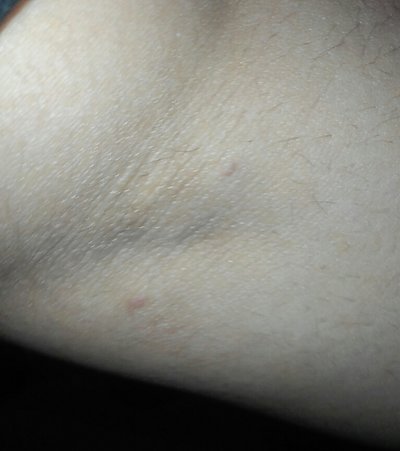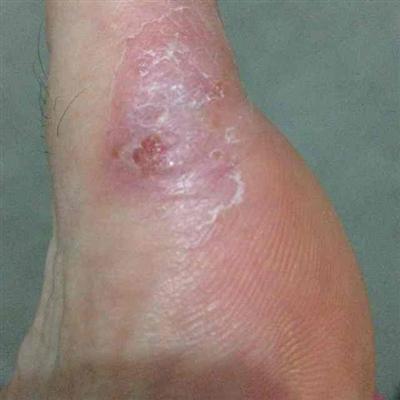Multiple endocrine neoplasia type 2?
summary
Multiple endocrine neoplasia type 2 (men2) is an autosomal dominant genetic disease. The prevalence rate of men2 is about 1-10 / 100 000 in the general population. The disease penetrance rate of men2 deficiency gene carriers is more than 80%. The incidence rate of the family members of the sick is about 50%. Men2 can be divided into two independent syndromes: MEN2A and MEN2B. MEN2A is also called Sipple syndrome.
Multiple endocrine neoplasia type 2?
Medullary thyroid carcinoma (MTC) is the most common and earliest lesion in men2, and it is the most important factor to determine the course of disease. MTC is usually bilateral and multicentric lesions. In addition to calcitonin, MTC can also secrete a variety of hormones and biological substances, such as calcitonin gene-related peptide (CGRP), somatostatin, prostaglandin, ACTH or ACTH like substances, 5-hydroxytryptamine, histamine, DOPA decarboxylase, chromogranin, etc. in clinical practice, MTC can present Cushing's syndrome, facial flushing, diarrhea and other symptoms. 10% of the patients may have thyroid nodule or cervical lymph node enlargement, and about 50% - 60% of the patients may have tumor metastasis to lung, liver, bone and other parts through lymphatic or blood vessels, which is the main cause of death in men2 patients.

Pheochromocytoma occurs in 50% of the individuals carrying men2 gene. The pathological change of adrenal gland is medullary hyperplasia, and then develops into tumor. Unilateral or malignant tumors are rare. The clinical manifestations and diagnosis of pheochromocytoma are the same as those of pheochromocytoma.

The clinical manifestation of hyperparathyroidism is similar to that of general hyperparathyroidism, but its renal damage and bone disease are rare. It is caused by parathyroid hyperplasia like MEN1. About 25% of MEN2A may have this disease, while MEN2B is rare.

matters needing attention
Clinical diagnostic value and evaluation: because glucagon only stimulates the secretion of Ca from pheochromocytoma, but has no effect on normal adrenal gland, the plasma Ca concentration within 3 minutes after injection is more than 3 times higher than the basic value, or ne > 11.8 nmol / L (2000 pg / ml), and the blood pressure is more than 20 / 15 mmHg higher than the maximum value of cold pressor test, which is a positive reaction, so it can be diagnosed as pheochromocytoma. If the concentration of plasma Ca does not increase after glucagon injection, it is helpful to exclude pheochromocytoma in difficult cases.













